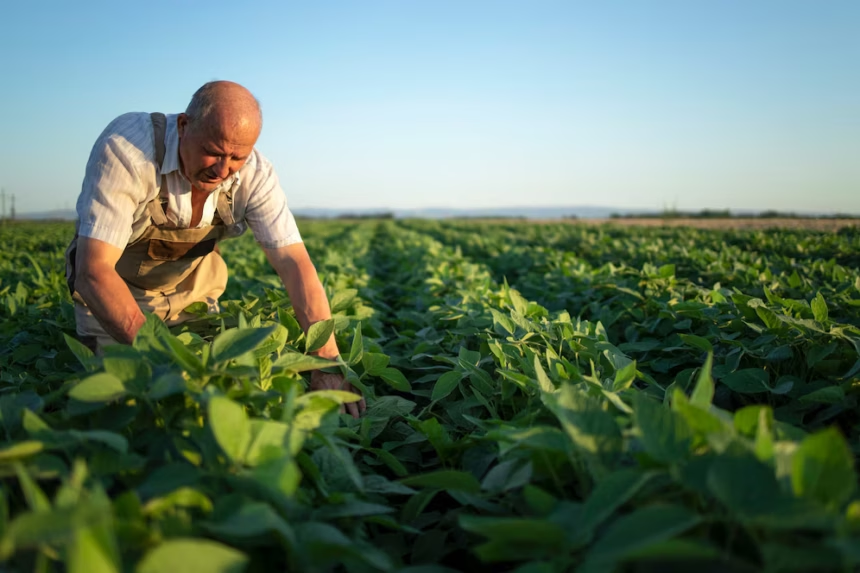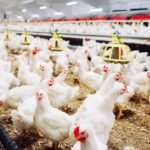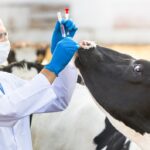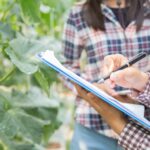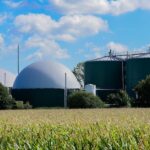Agriculture has been the backbone of civilization for centuries, evolving from rudimentary manual labor to sophisticated machinery and technology-driven solutions. With the rise of artificial intelligence, farming is experiencing yet another transformation. But how does AI-driven farming compare to traditional methods, and which one emerges as the ultimate winner?
Efficiency and Productivity Traditional farming relies on human expertise, manual labor, and natural weather patterns. While it has sustained societies for millennia, it often faces limitations in efficiency due to unpredictable environmental conditions and resource constraints. AI-powered farming, on the other hand, leverages data analytics, automation, and precision agriculture to maximize yield with minimal resources. Smart irrigation systems, drone-assisted crop monitoring, and predictive analytics reduce waste and enhance productivity.
Environmental Impact One of the key challenges in agriculture is resource management. Traditional farming often leads to excessive water use, over-reliance on chemical fertilizers, and soil degradation. AI-driven solutions address these issues by optimizing resource allocation. For instance, AI can analyze soil health and recommend precise nutrient applications, reducing chemical runoff. Automated systems also help conserve water by adjusting irrigation based on real-time weather data.
Cost and Accessibility Traditional farming requires substantial labor and operational costs, making it expensive for small-scale farmers. AI-driven agriculture, while reducing long-term costs through automation, comes with a high initial investment. Advanced technologies such as machine learning algorithms, robotics, and IoT sensors may not be accessible to every farmer, particularly in developing regions. However, as AI technology becomes more affordable, its adoption is expected to grow, bridging the gap between large-scale agribusinesses and smallholder farmers.
Food Security and Sustainability With a growing global population, ensuring food security is a pressing concern. AI-driven farming offers a scalable solution by enhancing production and reducing food wastage. Smart supply chain management ensures efficient distribution, preventing post-harvest losses. Traditional farming, while deeply rooted in cultural practices and local knowledge, sometimes struggles to meet modern food demand efficiently. The integration of AI can complement traditional methods, leading to more sustainable agricultural practices.
The Verdict Rather than a competition, the future of farming may lie in a hybrid approach that blends traditional knowledge with AI-powered innovations. Traditional farming remains invaluable for its deep connection to nature and local expertise, while AI provides the tools to optimize production and sustainability. The ultimate winner is not one over the other but rather the fusion of both, ensuring a resilient and sustainable food system for future generations.
Join 'Farmers Mag' WhatsApp Channel
Get the latest Farming news and tips delivered straight to your WhatsApp
CLICK HERE TO JOIN
